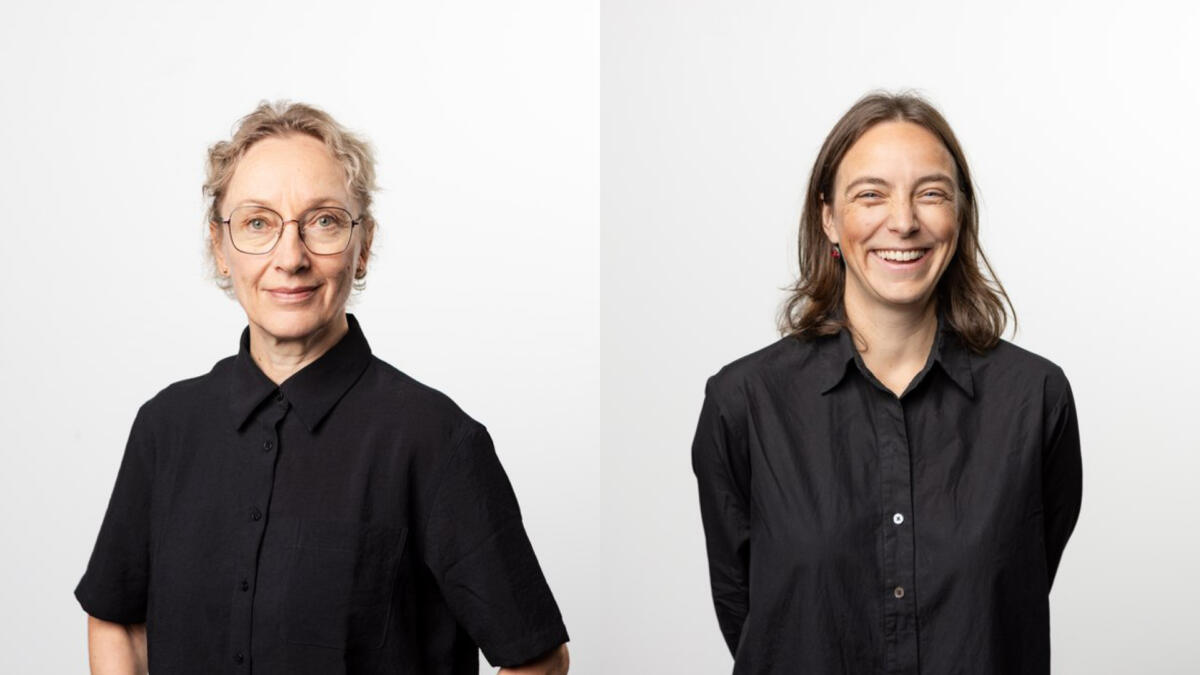The new theoretical research option in choreography is unique in the Nordics
The theoretical research study option is a new and unique addition to the master’s programme in choreography and aims to broaden the understanding of the relationship between art and society.

“The now to be piloted theoretical research study option in the choreography programme is unique, at least on a Nordic scale,” says Kirsi Monni, the professor of the MA programme in choreography at Uniarts Helsinki’s Theatre Academy.
The 2025 intake has two different study options: artistic practice and research, and theoretical research. Seven new students will be admitted in the choreography programme in total, two being admissions for the theoretical research option.
The programme consists of two years of full-time studies that will help the students to develop their artistic and research skills and knowledge. Applications for the programme will open in January 2025. A Q&A session on the MA programmes in choreography and dance performance will be held online on November 19th. The new study option will be presented in the online session.
The programme’s new study option welcomes applicants from a variety of educational and cultural backgrounds. In addition to dance, performing arts or choreography, the applicants with bachelor’s degree in cultural studies or aesthetics may also be eligible to apply.
According to Jana Unmüssig, the programme’s part-time lecturer, applicants do not necessarily need to have a dance background, but they should have somehow had their hands in the field of choreography. Applicants may have written on choreography or worked as a dramaturg in a dance project before, for instance.
“I think it would be inspiring if someone came to the programme with a science university BA. I would even go so far as to say that it would be an asset in the sense that the student would already be familiar with a research approach,” concludes Unmüssig.

Differs from art studies
The theoretical research option in choreography offered by Uniarts Helsinki differs from that of the art studies offered by a faculty of arts or humanities in other universities. The students selected for the theoretical research option will study in the same classroom as the artistic practitioners and researchers.
Studies will include courses in artistic research, history and theory of choreography and art and society. Each student plans their individual study plan at the beginning of their studies, which will shape their study path.
In the master’s thesis for the theoretical research orientation there is no assessed artistic component, but students will complete the thesis as an assessed written theoretical research or media-based artistic research project.
Interpreting discourses
The programme aims to deepen the understanding of the interactive relationship between art and society. It also aims to make visible the discourses that are present in our social reality, as well as in artistic debates.
“Our society today is globally very dependent on how we interpret different discourses. Social media is full of different memes and slogans that influence politics, for example. In order to operate in society, you need to understand how these discourses are interpreted, understood and used.”
This can also have an impact on how art is talked about in society and what meanings these discourses create and reinforce.
“Perhaps this is why contemporary art, as well as the arts education, has moved more towards the direction of research. I believe that a theoretical orientation can help people to interpret and understand these discourses and perhaps be able to function better in today’s polarized world,” Monni adds.
Unmüssig believes that it’s important to bring together people who have different interests towards choreography.
“We want to create new alliances by bringing together people who think in different ways. The theoretical orientation can deepen the artistic knowledge and enrich the vocabulary with which we talk about choreography,” says Unmüssig.
Various career paths
The graduates could have various career paths in the field of culture and the arts. Some graduates might work as researchers or cultural writers. Graduates could also work as cultural producers in community projects or in arts management.
“We need people who could promote art-making in society. We have different funding bodies that need experts to assess applicants. We need people who could write and debate or take a political stance on what it means to have culture and art in the society”, says Monni.
Text: Susanna Bono